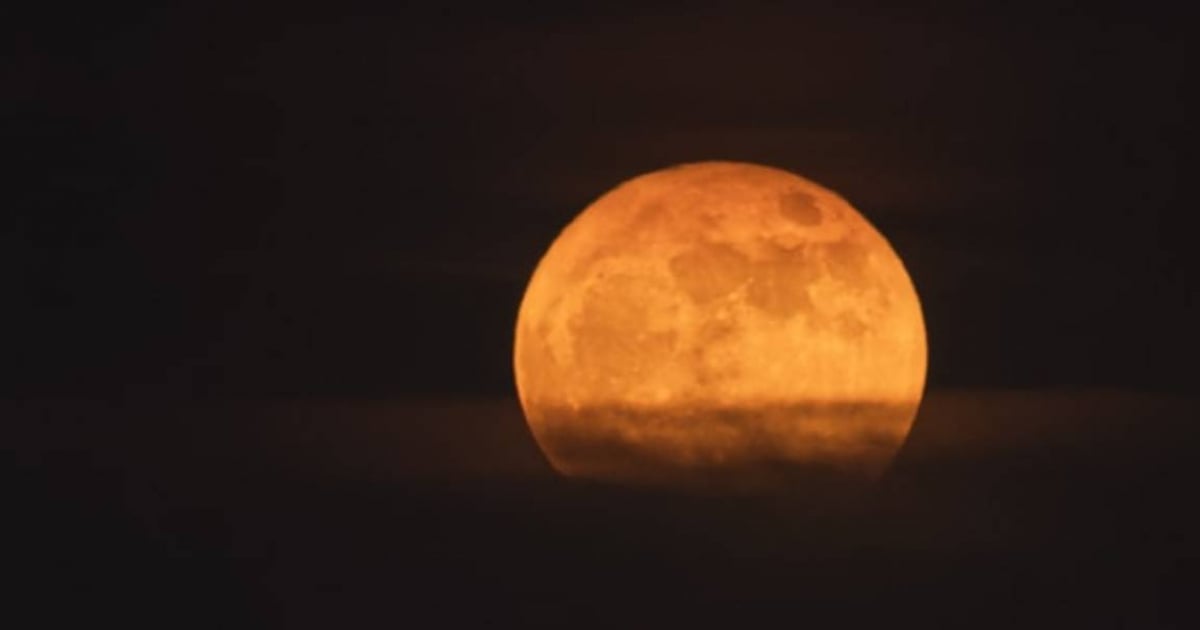
The supermoon season of 2024 will begin on August 19 with the so-called Sturgeon Supermoon, a celestial phenomenon that occurs when the full moon coincides with its closest proximity to Earth in its elliptical orbit.
This event, scientifically known as perigee-syzygy, causes the moon to appear up to 14% larger and 30% brighter than usual.
The Sturgeon Supermoon gets its name from an ancient tradition of the native inhabitants of the eastern part of North America.
These indigenous groups named the full moon of August this way because its bright light made nighttime sturgeon fishing easier, a large fish that inhabits the waters of the east coast of the United States, Canada, and the Great Lakes region.
This fish, which can measure up to four meters, is famous for its eggs, used to produce one of the most prized caviars in the world.
The supermoon season of 2024 does not end in August. On September 17, a second supermoon will be accompanied by a partial lunar eclipse, visible in much of America, Africa, and Europe.
The highlight of this astronomical series will occur on October 17, when the moon reaches its closest point to Earth for the entire year, at only 357,364 kilometers away. It will be the most spectacular supermoon of 2024, due to its larger size and brightness compared to the others.
On November 15, the series of supermoons of 2024 will conclude with an event that, although less striking than that of October, will close a celestial cycle that has captured the attention of observers around the world.
These supermoons not only offer an impressive visual display but also rekindle interest in lunar exploration, in line with NASA's Artemis program plans, which aims to send a new generation of astronauts to the Moon in the coming years.
What do you think?
COMMENTFiled under: